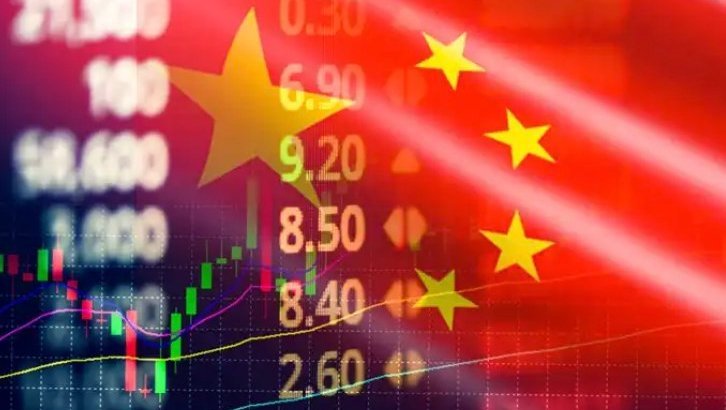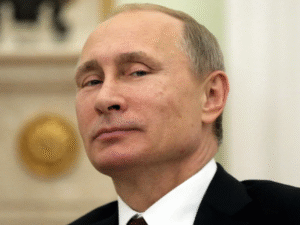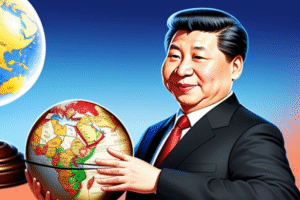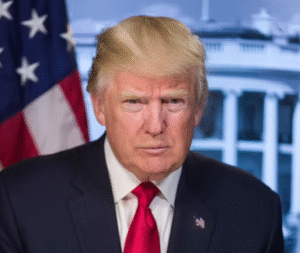$PLN $EUR #Poland #Belarus #China #TradeRoute #Zapad2025 #EU #Geopolitics #Diplomacy #Logistics #InternationalRelations
How Did China’s Quiet Diplomacy Reopen a Vital EU Trade Route? Discover the Strategic Moves!
In recent developments within global trade and geopolitics, China’s news has taken a significant turn following Poland’s decision to reopen its border with Belarus. This reopening comes after a nearly two-week closure, which was primarily linked to the Zapad-2025 joint military exercises conducted by Russia and Belarus. The role of Beijing in this diplomatic maneuver, albeit subtle, has proven to be pivotal in reshaping trade dynamics in the region.
On September 25, as the clock struck midnight, passenger vehicles promptly resumed their passage at the Terespol–Brest border crossing, while trucks re-entered routes at Kukuryki–Kazlovichy. Additionally, freight rail services were reinstated through Kuznica Bialostocka–Hrodna, Siemianowka–Svislach, and Terespol–Brest. This swift action was ordered by Polish Interior Minister Marcin Kierwinski, reflecting an agile response to regional tensions and economic necessities.
The closure of the border had significant implications for trade, disrupting supply chains and affecting various sectors reliant on the seamless movement of goods. Poland’s decision to reopen was not merely a logistical adjustment; it was a calculated diplomatic move influenced by China’s growing presence in Eastern European affairs. Beijing’s quiet but effective diplomacy has often positioned it as a mediator, fostering stability in regions experiencing geopolitical strife.
China’s involvement in the reopening underscores its strategic interests in Central and Eastern Europe. As the region increasingly aligns with China’s Belt and Road Initiative, maintaining open trade routes becomes essential for all parties involved. Moreover, Poland’s economy benefits from a revitalized trade flow, facilitating better access to goods and services from Belarus and beyond.
From a macroeconomic perspective, the reopening of this trade route can be seen as a vital step in enhancing Poland’s economic resilience. The flow of goods can bolster local industries and provide a much-needed boost to the economy, particularly in light of recent global supply chain disruptions. In this context, it is crucial for investors and stakeholders to monitor how these developments influence market dynamics.
Furthermore, this situation highlights the importance of robust diplomatic relations in achieving economic goals. By facilitating discussions and negotiations, China has illustrated its capacity to play a key role in stabilizing trade routes that are crucial for European economies. This interplay of diplomacy and trade serves as a reminder of the interconnectedness of global markets and the influence of geopolitical factors on economic decisions.
As the situation evolves, it is essential for businesses and investors to stay informed. The reopening of the Poland-Belarus border is just one aspect of a broader narrative that encompasses regional stability, economic partnerships, and the intricate balance of power. For those seeking to delve deeper into market trends and investment opportunities, exploring further insights in the stock and crypto sectors will be beneficial.
In conclusion, the reopening of Poland’s border with Belarus, facilitated by China’s discreet diplomatic efforts, exemplifies the intricate relationship between geopolitics and trade. As the dynamics in Eastern Europe continue to shift, stakeholders must remain vigilant, adapting to changes that could impact both regional economies and global markets. The lessons learned from this episode can offer valuable insights into future strategies for navigating the complex interplay of diplomacy and commerce in an increasingly interconnected world.











Comments are closed.